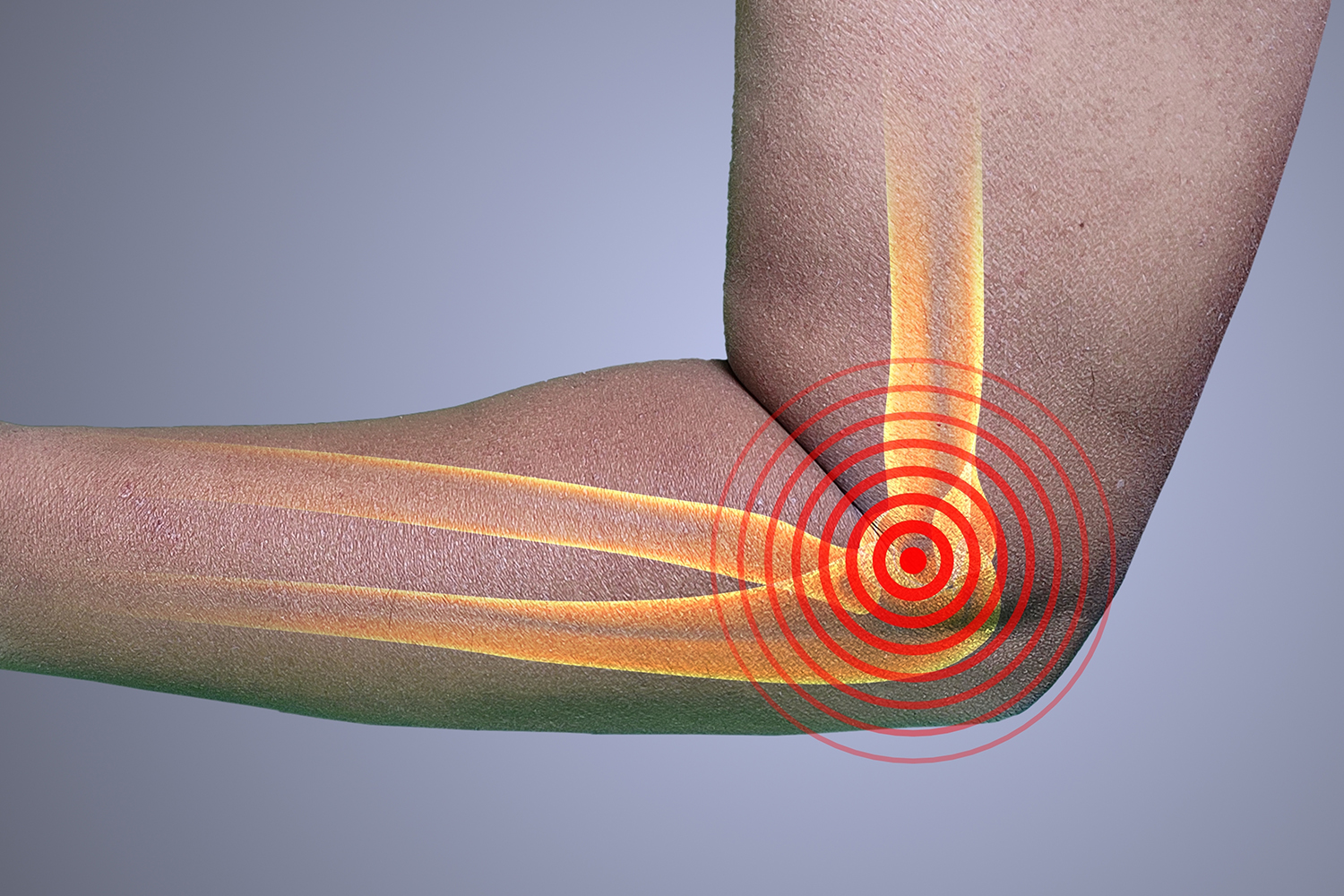Overview
For individuals plagued by the debilitating symptoms of carpal tunnel syndrome, everyday tasks can become excruciating challenges. From tingling and numbness to weakness and pain, the effects of carpal tunnel syndrome can significantly impair quality of life. Thankfully, carpal tunnel surgery stands as a beacon of hope, offering relief and restoring functionality to those in need. Let’s delve into the world of carpal tunnel surgery, exploring its intricacies, efficacy, and the latest research insights.

Understanding Carpal Tunnel Syndrome
Carpal tunnel syndrome (CTS) arises from compression of the median nerve as it traverses the carpal tunnel—a narrow passageway in the wrist bound by bones and ligaments. This compression leads to a myriad of symptoms, including numbness, tingling, and weakness in the hand and fingers. While conservative treatments such as wrist splinting and corticosteroid injections may provide temporary relief, surgical intervention becomes necessary for severe or refractory cases.
The Surgical Solution: Carpal Tunnel Release
Carpal tunnel release surgery aims to alleviate pressure on the median nerve by enlarging the carpal tunnel and releasing the constricting structures. There are two main approaches to carpal tunnel release surgery: open and endoscopic. In open surgery, a small incision is made in the palm, allowing direct visualization of the carpal tunnel. Endoscopic surgery involves the insertion of a thin tube with a camera through a small incision, enabling the surgeon to visualize and release the carpal tunnel structures indirectly.
Efficacy and Long-Term Outcomes
Research spanning decades has demonstrated the efficacy of carpal tunnel release surgery in providing symptomatic relief and improving functional outcomes. A systematic review published in the Journal of the American Medical Association (JAMA) compared the effectiveness of surgical and non-surgical interventions for carpal tunnel syndrome. The findings revealed superior symptom relief and functional improvement following carpal tunnel release surgery, particularly in cases of moderate to severe CTS.
Furthermore, long-term follow-up studies have reported sustained benefits of carpal tunnel release surgery, with the majority of patients experiencing significant improvement in symptoms and functional status. A prospective cohort study published in the Journal of Hand Surgery found that 90% of patients who underwent carpal tunnel release surgery experienced complete resolution or significant improvement in symptoms at a mean follow-up of five years.
Advancements in Surgical Techniques
Advancements in surgical techniques have led to refinements in the approach to carpal tunnel release surgery, including mini-open and ultrasound-guided techniques. These minimally invasive approaches aim to reduce surgical trauma, minimize postoperative pain, and expedite recovery. Research published in the Journal of Orthopaedic Surgery and Research has demonstrated comparable outcomes between mini-open and traditional open carpal tunnel release surgeries, with the former offering potential advantages in terms of cosmesis and patient satisfaction.
Moreover, emerging technologies such as ultrasound-guided carpal tunnel release hold promise for further enhancing the precision and safety of surgical intervention. Studies investigating the feasibility and efficacy of ultrasound-guided techniques have yielded encouraging results, suggesting potential benefits in terms of reduced complication rates and improved nerve visualization.


